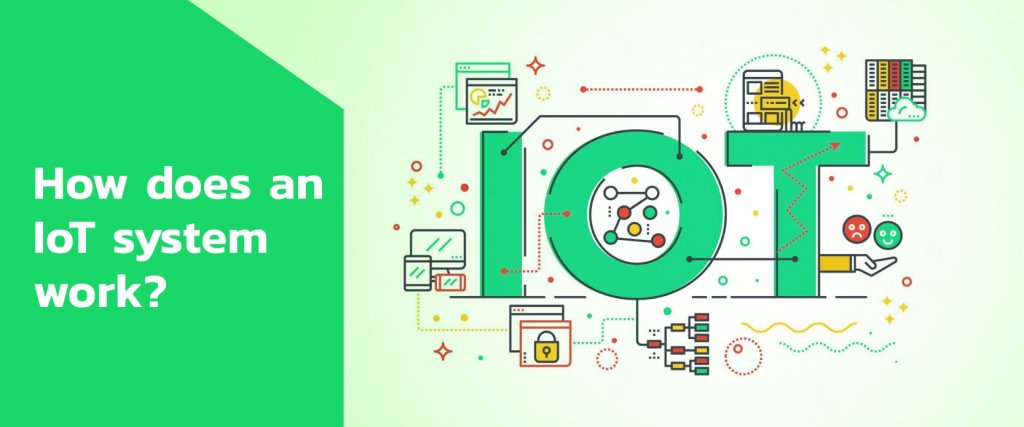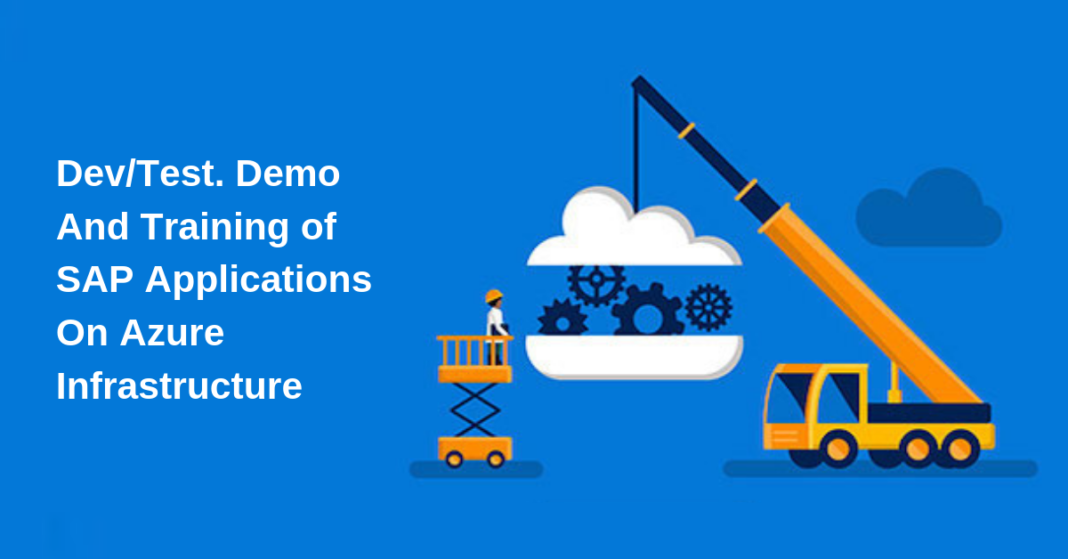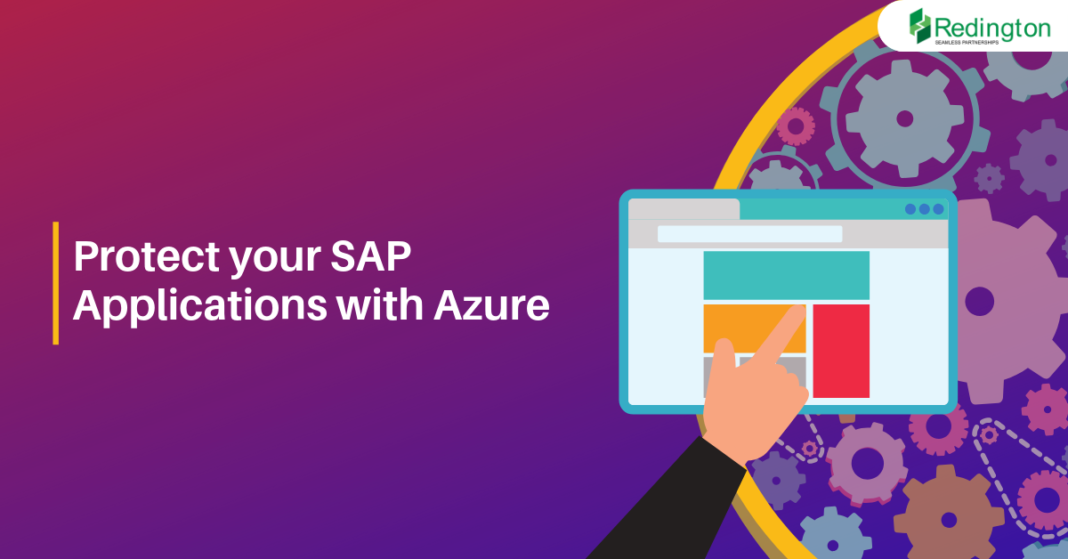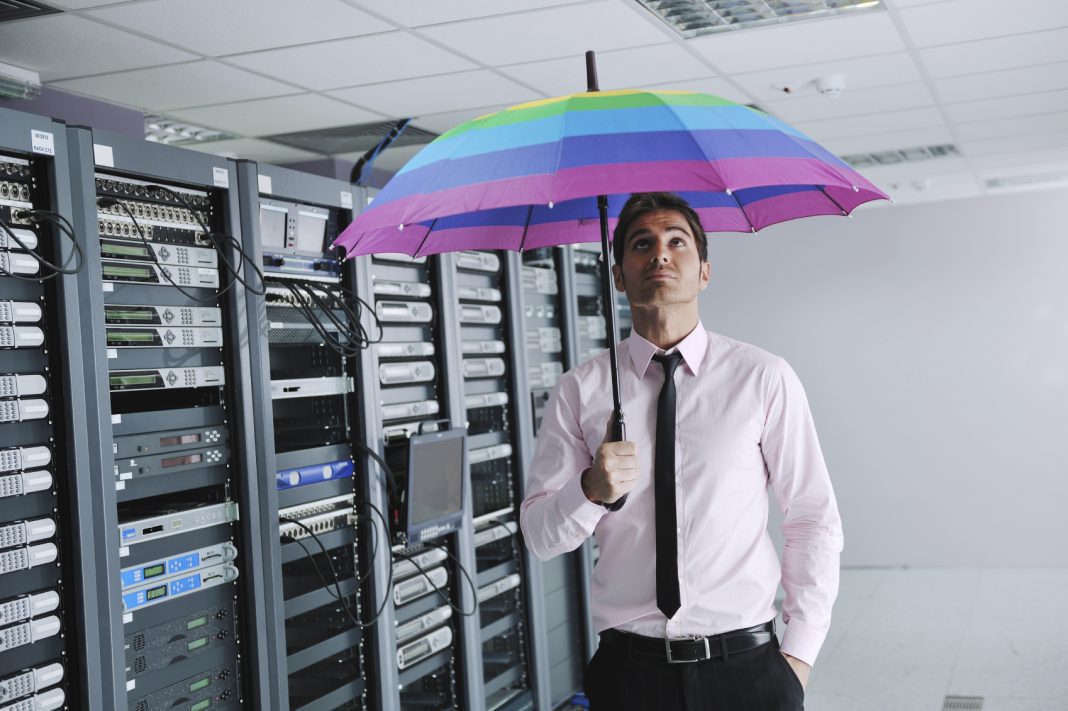Region
India
IoT (Internet of Things) is a technology which interconnects various devices through the internet and works as an aggregation of already available technologies.
The Internet has weaved its way in our everyday life by changing the way we work and communicate. Similar to this, IoT levels up the concept of connectivity by inter connecting various devices and enabling human-machine, machine-machine interactions.
This next gen IoT ecosystem has numerous areas of applications such Home Automation, Automotive, Assembly line automation, Retail, Medical/Preventive healthcare and more.
Below I will briefly explain each component and what it does.
1) Sensors/Devices
First, sensors or devices collect minute data from their environment. These data collection could have various complexities as in a simple temperature monitoring or a complex full video feed.
Multiple sensors can be bundled together to be a part of a device that does more than just sense things. For example, your phone is a device that has multiple sensors (camera, accelerometer, GPS, etc), but your phone is not just a sensor.
Whether it is a standalone sensor or a complex device, the first step involves data being collected from the environment.
2) Connectivity
Next, that data is sent to the cloud but it needs a medium for transport.
The sensors could be connected to the cloud via various mediums of transports including cellular, satellite, Wi-Fi, Bluetooth, low-power wide-area networks (LPWAN).
Each option has trade-offs between power consumption, range, and bandwidth
Choosing the best connectivity would be specific to the IoT application, would all be performing just one important task: getting data to the Cloud.
3) Data Processing
Once the data gets to the cloud, the software performs some kind of processing on it.
This could be very simple, such as checking that the temperature reading is within an acceptable range. Or it could also be very complex, such as using computer vision on video to identify objects (such as intruders in your house).
But what happens when the temperature is too high or if there is an intruder in your house? That’s where the user comes in.
4) User Interface
Next, the information is made useful to the end-user in some way. This could be via an alert to the user (email, text, notification, etc).
Also, a user might have an interface that allows them to proactively check in on the system. For example, a user might want to check the video feeds in their house via a phone app or a web browser.
However, it’s not always a one-way street. Depending on the IoT application, the user may also be able to perform an action and affect the system. For instance, after detecting changes in the cold storage unit, the user can remotely adjust the temperature via their phone.
And some actions are performed automatically. By implementing some predefined rules, the system can adjust the settings automatically. Also in case if intruders are sensed, the system could be set to alert not only you but also relevant authorities.
Skipping the Connectivity
The Internet of Things is made up of connected devices, i.e. anything that has the capacity to transfer data over a network. An IoT system also needs some kind of connectivity, to latch itself to the cloud.
In spite of the Cloud, data processing or interaction with the user interface and device could occur without the data being transmitted and received back over an externa network.
Why Skip the Connectivity?
One reason is latency. Latency refers to the transit time of the data from the start point to the end point. Latency doesn’t matter for the majority of the cases, but for some IoT applications latency is critical.
Imagining a futuristic situation wherein self-driving cars become a norm. While driving one such car, you notice that somebody loses control of their car in front of you. In such a situation you couldn’t wait for the self-driving car to send a warning to the cloud, which processes the data and sends back instructions to the car. Though this might take just seconds, the impact would have been made.
In such cases, we would prefer the user interface (i.e the steering wheel) to be directly linked to the device (i.e the car) rather than the roundabout process.
Another reason is the cost of sending a huge amount of data can be very expensive. Some external IoT applications record a huge amount of data but only a very small fraction of it is actually important. Local algorithms can restrict what gets sent thus lowering costs.
A good example of this is a security camera. Streaming video takes a lot of data, but the vast majority of the footage might be of an empty hallway.
So How Do You Skip the Connectivity?
The whole process of transmission, processing, and response could be alternated with a method where in the data is processed on a gateway (sensor/device). This is called either fog computing or edge computing (as the cloud is brought “closer to the ground” and the computing is taking place at the edges or gate of the IoT system rather than the center).
For the security camera, it could use machine vision to “watch” for anything abnormal and only then send that footage to the cloud.
For the self-driving car, the data processing all takes place in the onboard computer which allows for faster decision-making.
IoT systems are Complex and Varied
Every IoT system combines the four components I discussed above. However, a specific IoT system can combine these components in different ways. It all comes down the specific situation that needs to be addressed.
Ultimately, IoT systems are meant to improve our everyday experiences and improve our efficiency in whatever way possible.
Want to know how IoT can help your organisation then please reach out to us at cloud@redington.co.in





